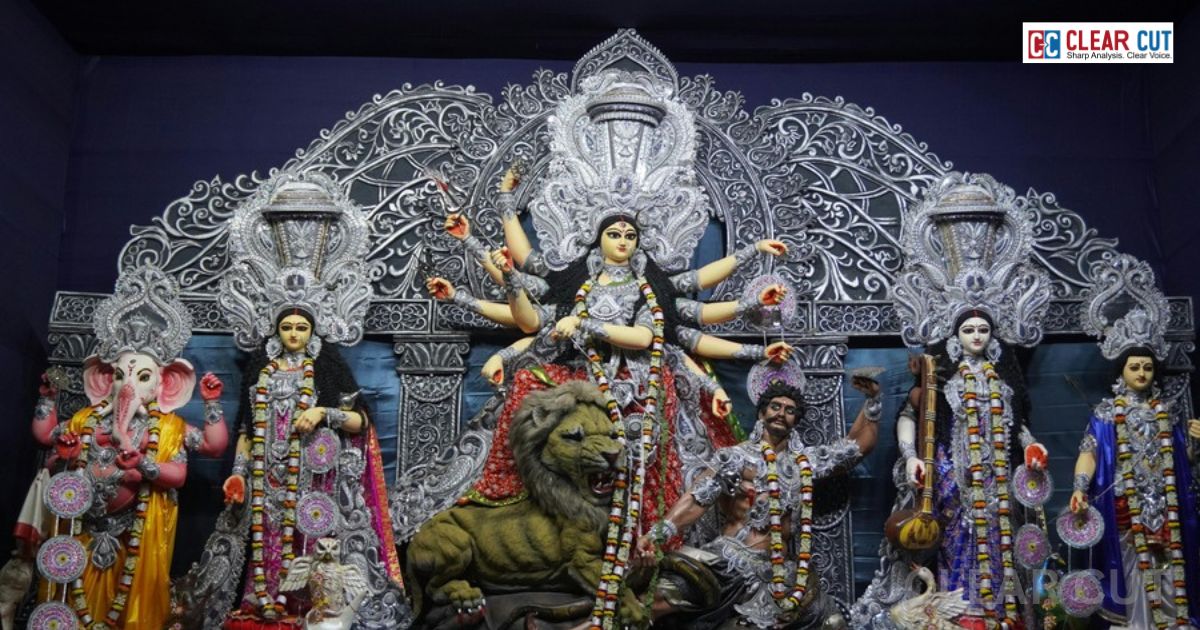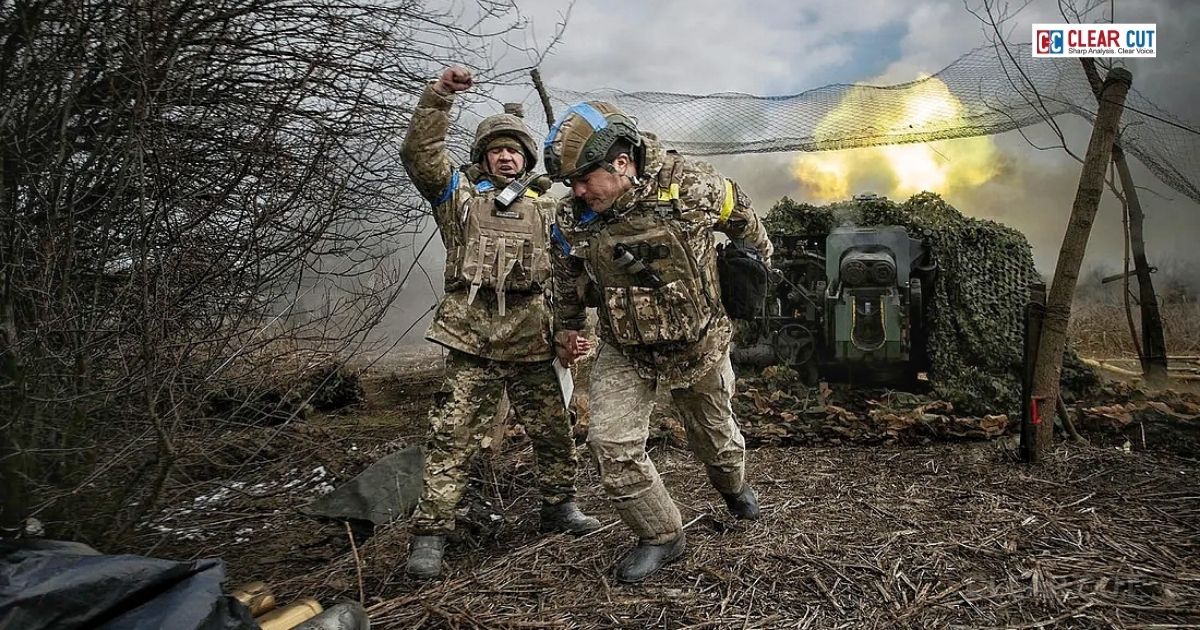Photo Credit: Paresh Kumar
Clear Cut Review Desk
New Delhi, UPDATED: Oct 03, 2025 01:13 IST
Written By: Paresh Kumar
I grew up in a small township called Bokaro Thermal. It was a Damodar Valley Corporation (DVC) settlement. In the late eighties, it was Bihar. After 2000, it became Jharkhand.
The township was different from the big cities. Small lanes, quarters lined up, a mix of families from Bengal and Bihar. A place where almost every child spoke two languages. Hindi and Bangla. English was rare, only for the few who went to convent schools.
Durga Pujo was the biggest festival of the year. It was our Christmas. Our Diwali. Our Eid. It was the one time when the whole township came alive.
The wait for Pujo
For us children, Pujo was the season of joy. We counted days till Saptami. The seventh day. That was when the pandal lights went on, the drums beat louder, and the real fun began.
The air smelled different. Puffed rice being fried for jhalmuri. Sweets being made in Bengali homes. Shops selling new clothes. For many of us, it was the only time in the year when we got new clothes. Sometimes Holi too. But Pujo was special.
The story we believed was simple. Maa Durga was coming to her mayaka. To her mother’s home. The earth. She came with her children, Ganesh, and Kartik along with Saraswati, Lakshmi. For four days, the goddess lived with us. On Dashami, she returned.
Food and prasad
Food was at the heart of the festival. Aunties from Bengali families would send us pati-sapta, thin crepes stuffed with coconut and jaggery. Or chena paes, a milk pudding. We shared sweets without worrying who was vegetarian or non-vegetarian.
In the pandals, food stalls came up overnight. Bamboo poles, tarpaulin roofs, wooden counters. But to us, they felt like proper restaurants. We ate fuchka with tamarind water that made our eyes water. Egg rolls wrapped in newspaper. Chowmein on steel plates. Some stalls even sold idli and dosa for the South Indian families who had settled in the township.
But the most awaited meal was the Ashtami mahabhog. Khichdi, fried potatoes, pumpkin curry, tomato chutney, papad. Served on leaf plates. The taste was unmatched. The rice slightly overcooked, the lentils thick, the vegetables soft. But together, it was magic. You could never make that at home.
And every day, as prasad, we got bundiya. Small, sweet drops of fried gram flour soaked in syrup. They were given in dona – leaf bowls stitched with thin sticks. Sticky, fragrant, and delicious. We licked our fingers clean.
Music, cinema, and competitions
The pandal was not just for worship. It was our stage. Every evening, there were competitions. Singing. Dancing. Drama. Recitation. Children performed songs of Kishore Kumar, Lata Mangeshkar, Kumar Shanu, Alka Yagnik etc. Parents sat in the front rows, cheering.
On the loudspeakers, the playlist was a mix. Bhajans of Anup Jalota. Hindi film songs of Govinda and Madhuri Dixit. In Bangla, Prosenjit was the superstar of the time. His songs played back-to-back. Mithun Chakraborty was equally popular, both in Bollywood and Bangla films. His disco songs turned the pandal into a dance floor.
For us, it was not just entertainment. It was belonging. A shared soundscape.
Clothes and colours
New clothes were the highlight. We planned them days in advance. One dress for Saptami. Another for Ashtami. One more for Navami. Sometimes, if parents could afford, one for Dashami too.
Girls wore frocks with lace and frills. Boys wore printed shirts and denim. Some lucky ones flaunted jeans from Ranchi or Kolkata. For us, showing off our new dress was as exciting as the puja itself.
On Dashami, the scene shifted. Women wore white sarees with red borders. The ritual of sindoor khela began. They applied vermillion on each other’s faces. Laughed. Cried. Sang. It was their way of saying goodbye to Maa. For us children, it was a strange, beautiful sight.
One pandal, one township
The best part of Pujo in Bokaro Thermal was unity. There was one pandal for the whole township. Everyone came there. From engineers to clerks. From teachers to shopkeepers. We all sat together. Ate together. Prayed together.
There was no concept of “our” pandal or “their” pandal. The goddess belonged to all. That togetherness made the festival powerful.
Moving to Delhi
Life changed when I moved to Delhi in the early 2000s. Here, the festival was called Navratri. Nine nights. In Noida, where I live now, every residential society celebrates. Sometimes two or three pandals in the same society.
The celebrations are different. Bhajan sandhyas. Jagratas. Dandiya nights. Some places even bring in DJs. High-end sound systems. Lights flashing. Songs at deafening decibels.
Food stalls are bigger. Caterers bring chaat, biryani, kebabs, Chinese platters. Everything is polished. Everything is packaged.
But the feeling is not the same. Each society has its own celebration. Each group has its own pandal. The community is divided by walls and gates. The devotion feels organised, almost professional.
Two worlds
When I think of Durga Pujo in Bokaro Thermal, the memories flood back. The smell of khichdi. The sound of dhak. The taste of bundiya in leaf bowls. The thrill of new clothes. The crowd waiting for the cultural night to begin.
Navratri in Delhi NCR is grand. It is colourful. It is modern. But it feels scattered. There is less intimacy. Less warmth.
In Bokaro Thermal, devotion was in the small things. The shared meals. The common pandal. The laughter of friends. The joy of togetherness. That was real festivity.
Today, the festivals may look brighter with LEDs and sound systems. But the glow of those old days was brighter still.
And I often find myself wishing – I could go back. To that one pandal. That one community. That one world.





Nostalgic. Very well articulated. Can resonate more being a Bengali and from Dhanbad.